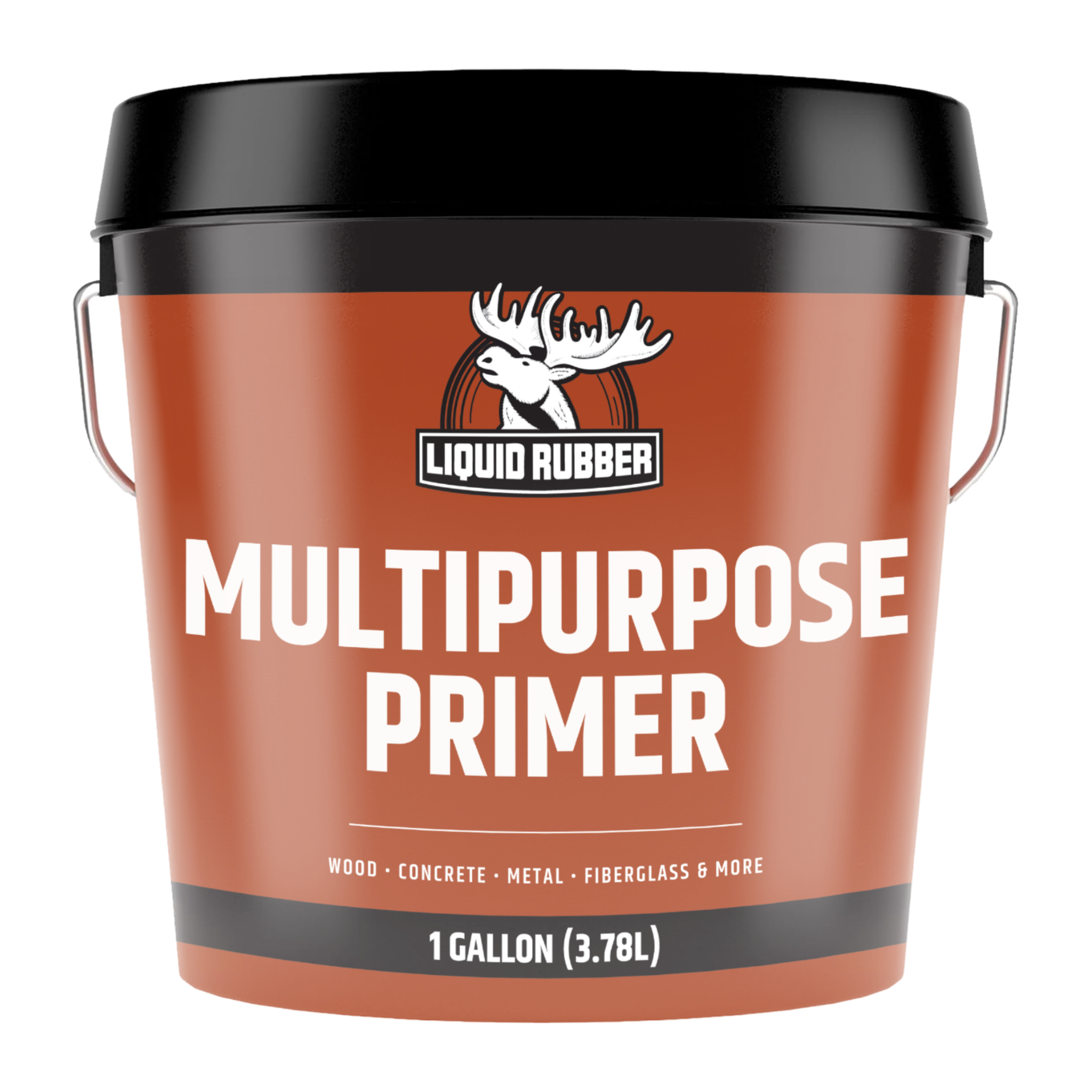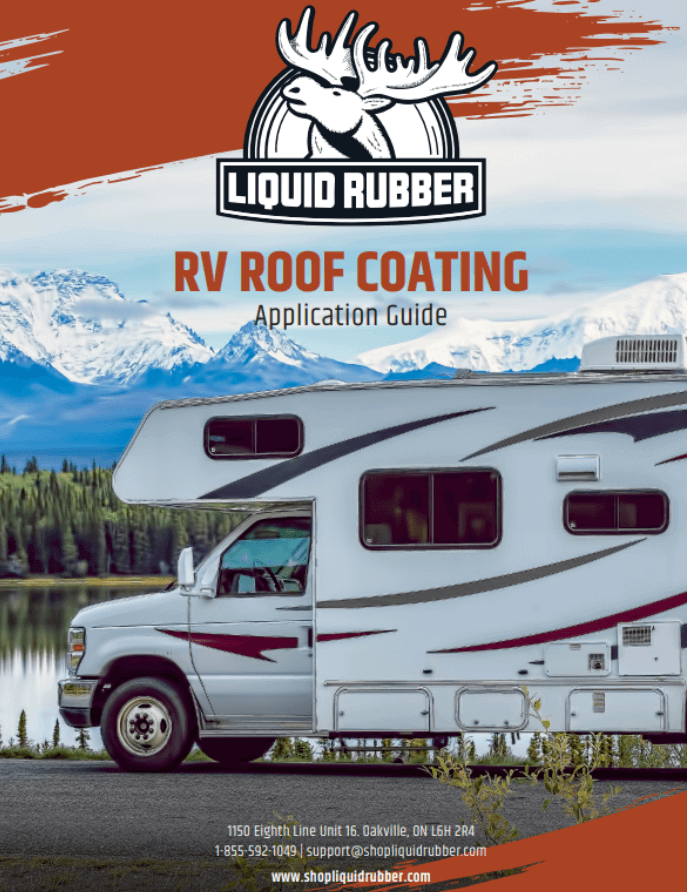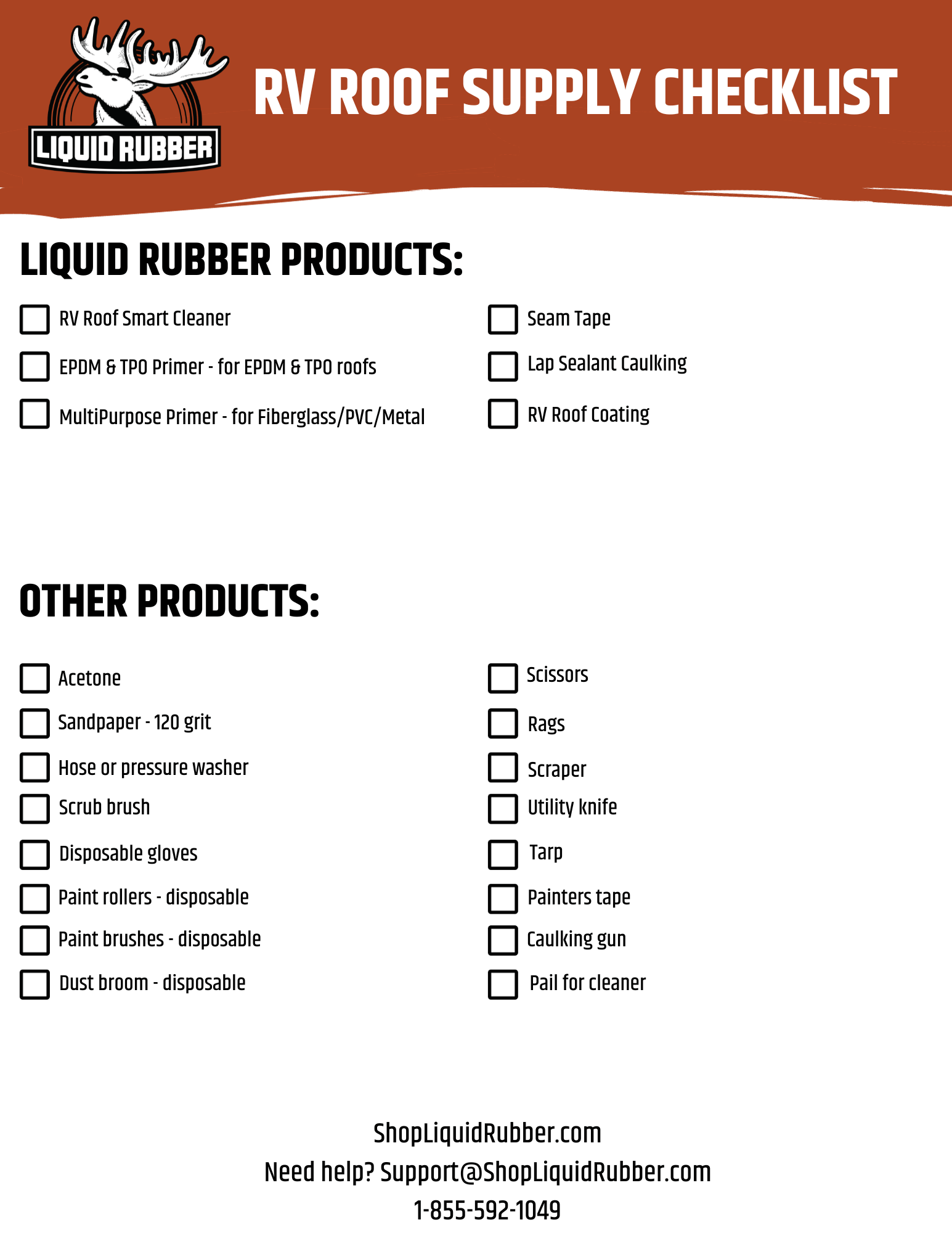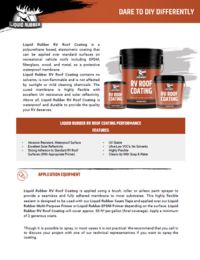Time to Complete
48 hours
Difficulty Level
Beginner
Products Needed
5

Project Overview: Achieve Long-Lasting Protection for Your RV Roof
Over 100,000 RV owners have successfully completed their roof sealing projects with Liquid Rubber RV Roof Repair Sealant. Whether you're tackling annual maintenance, repairing specific damage, or fully restoring your roof, Liquid Rubber’s products ensure a durable, waterproof finish that lasts.
Scroll down to learn more 👇
10 Year Warranty
Customer Success Stories: Real Results from Real RV Owners
Enter the length of your RV
Subtotal
Build Your RV Roof Kit
Everything you need to seal your RV Roof. Add or remove items as you need them!
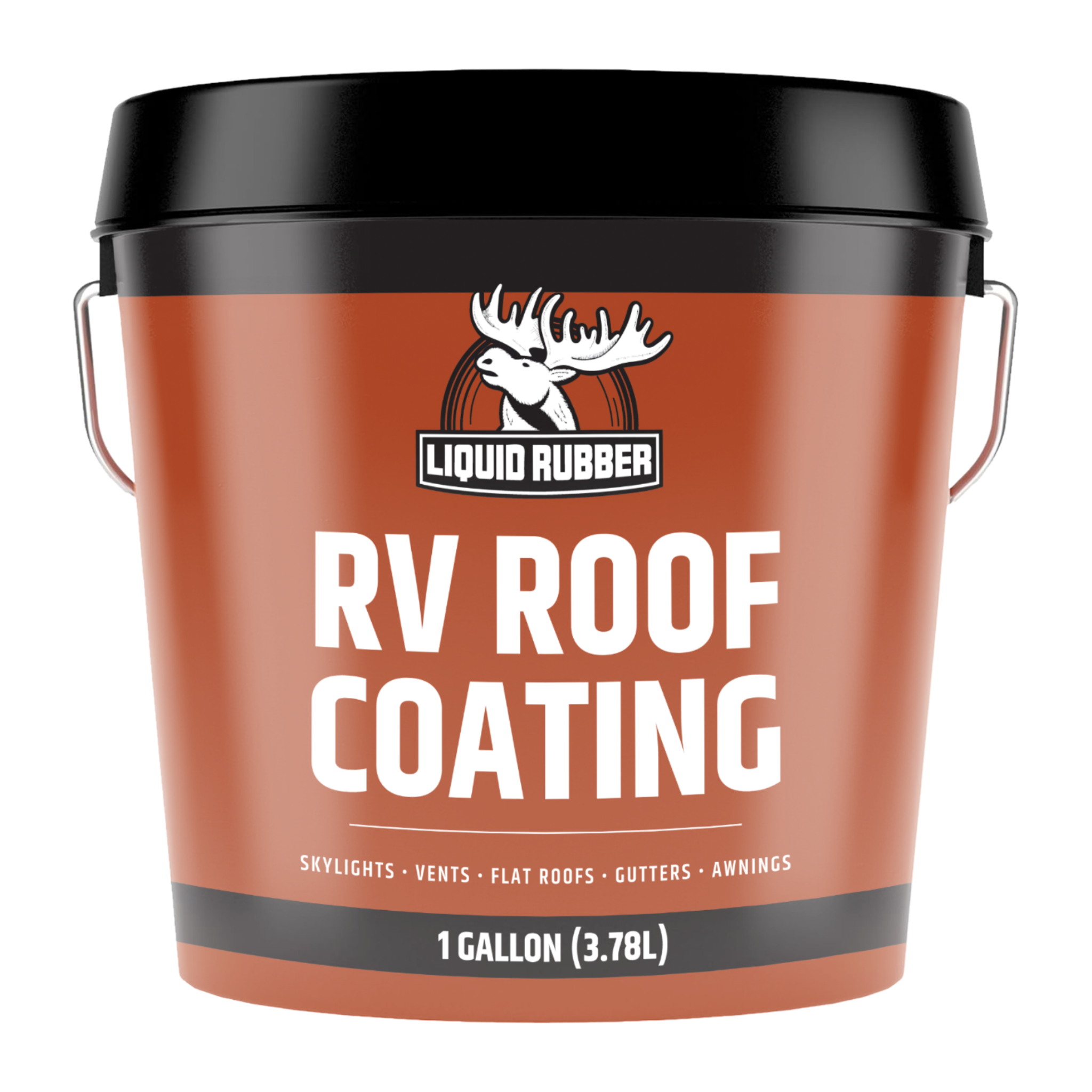
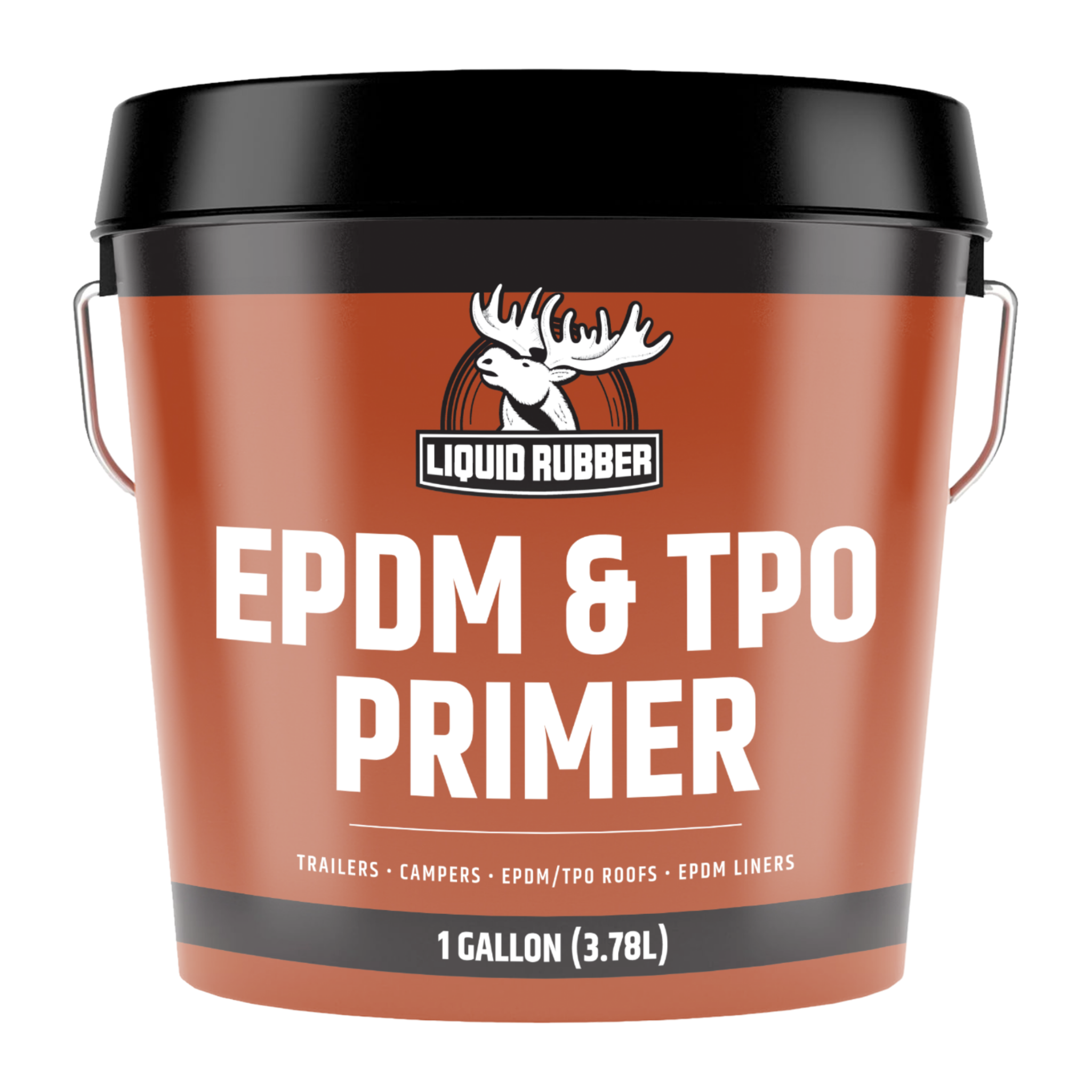
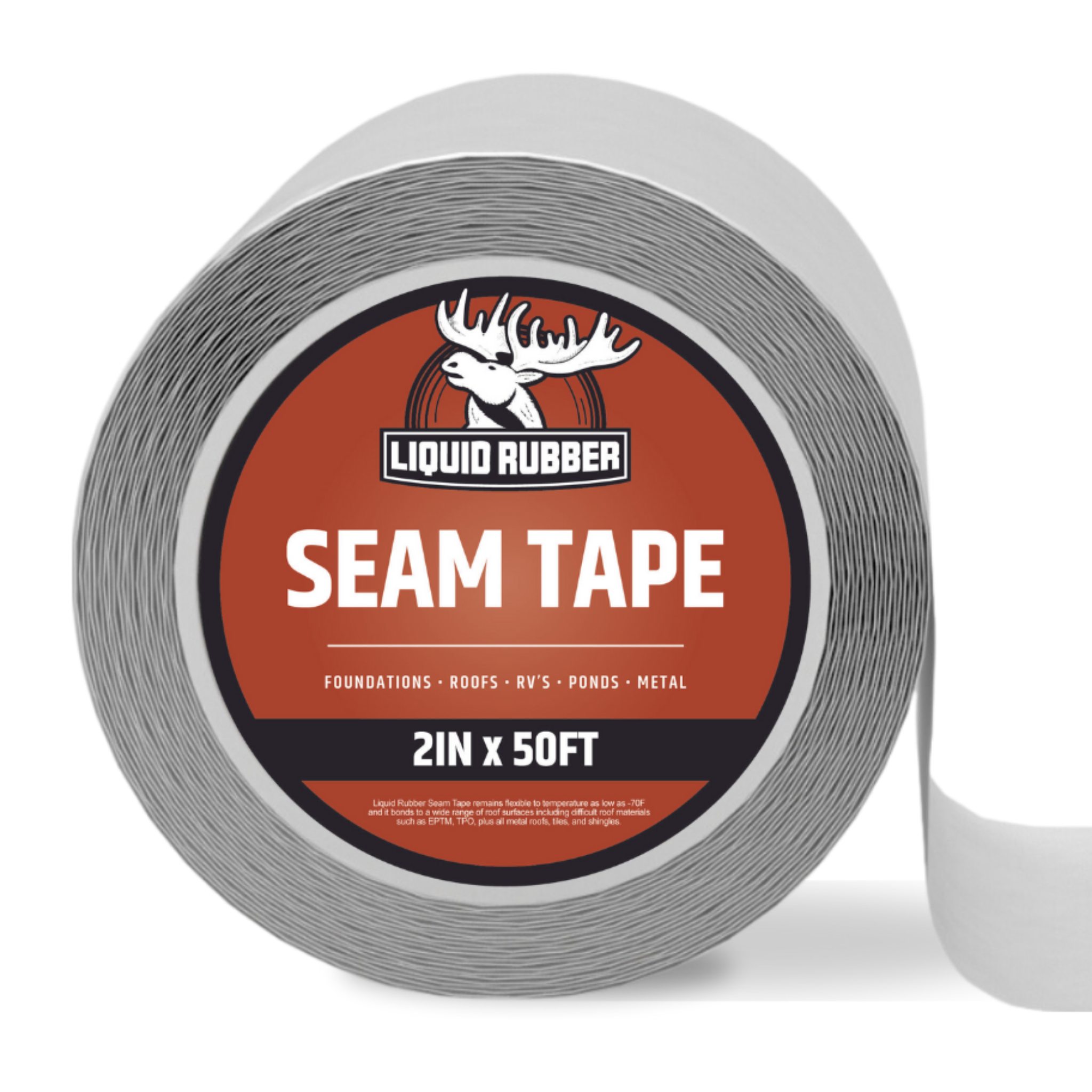
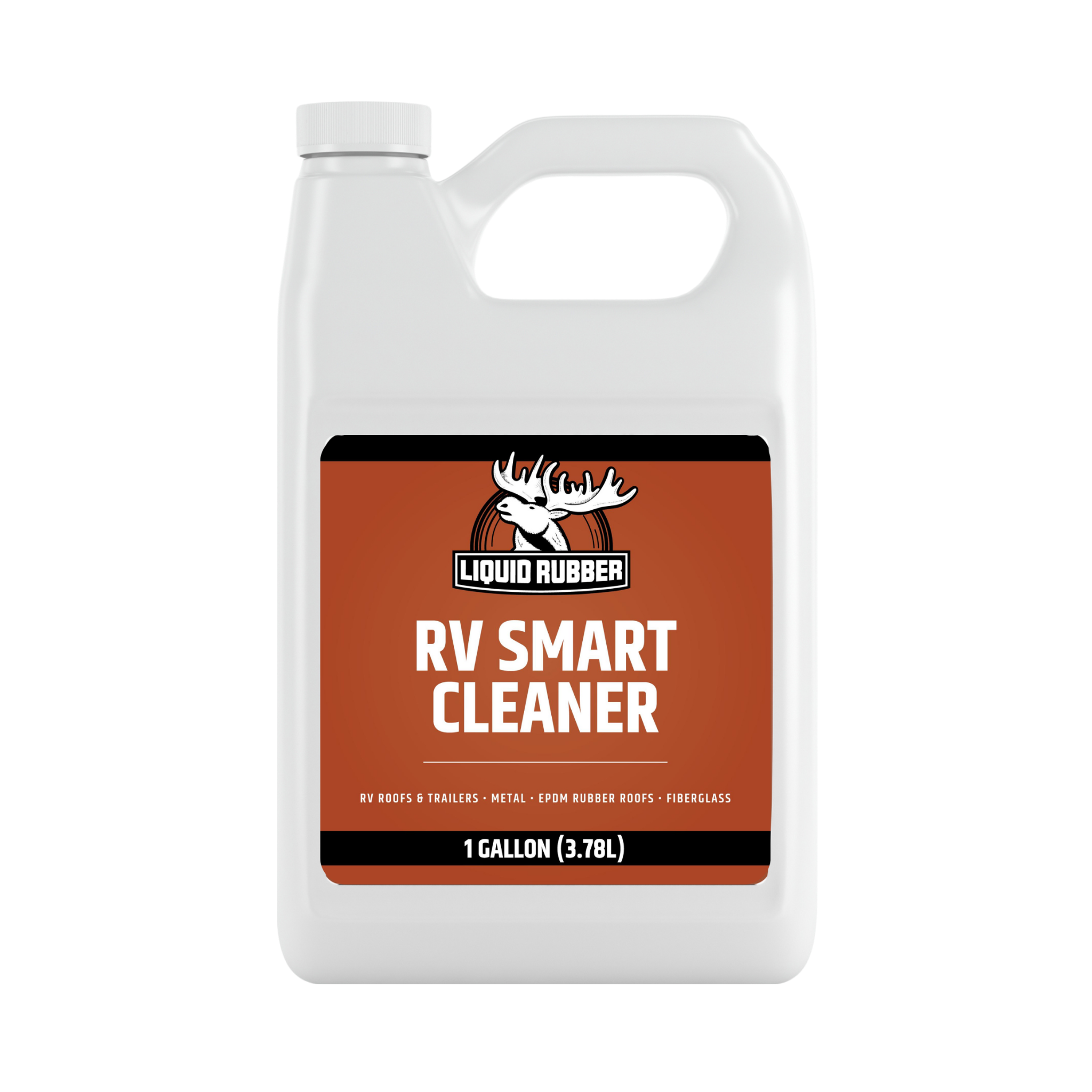
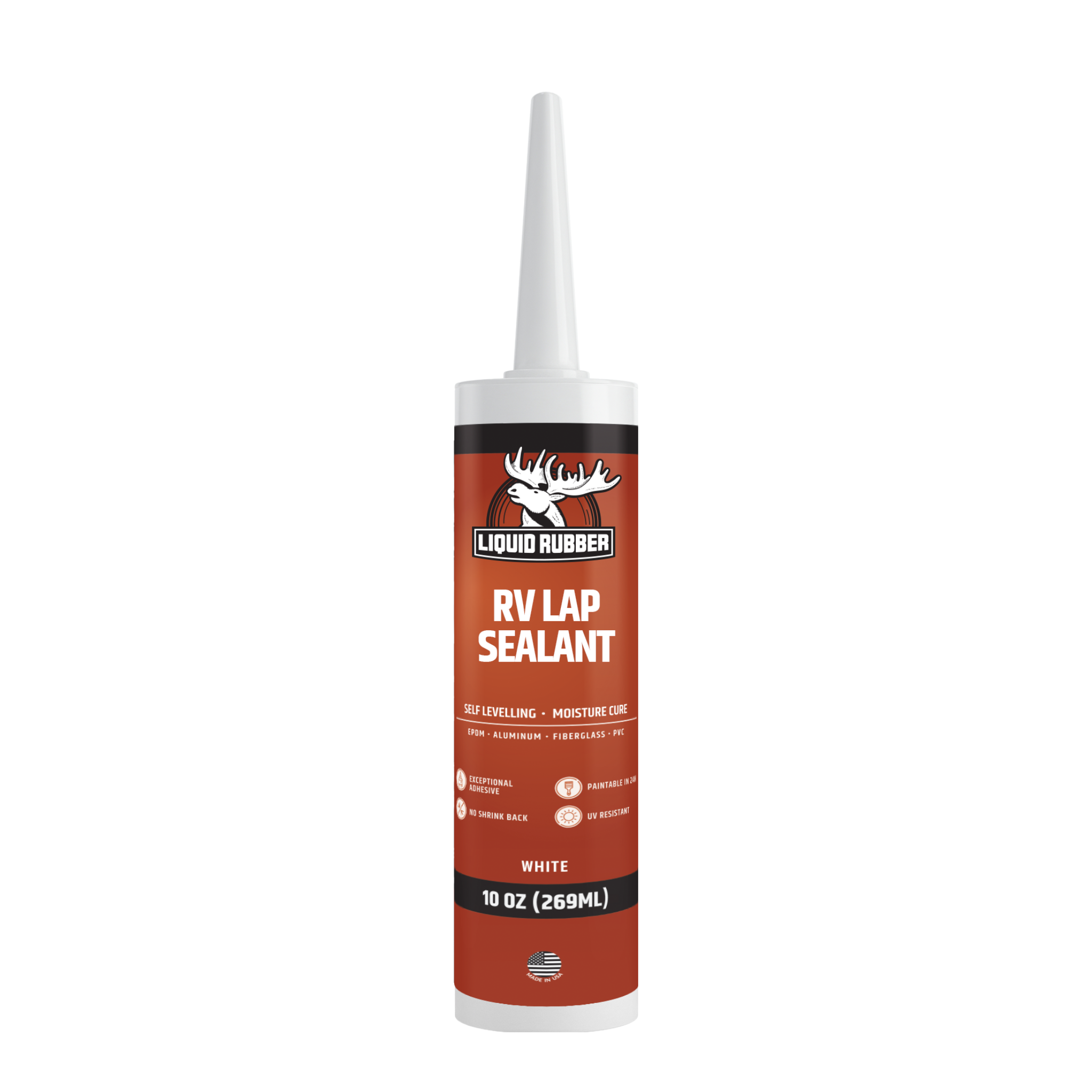
Subtotal
Choose Primer
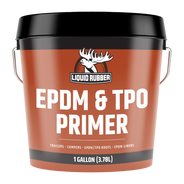
EPDM & TPO Primer
"Used for EPDM and TPO Roofs"
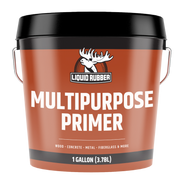
Multipurpose Primer
"Used for Fiberglass, Metal/Aluminum and PVC/Vinyl Roofs"
How to Seal Your RV Roof: Step-by-Step Project Walkthrough
Essential Resources for Your Project
-
 Application Guide
RV Roofs
Detailed steps to complete your project.
Application Guide
RV Roofs
Detailed steps to complete your project. -
 Product Supply Checklist
RV Roofs
Make sure you have everything before you start.
Product Supply Checklist
RV Roofs
Make sure you have everything before you start. -
 Technical Data Sheet
Get the technical details you need.
Technical Data Sheet
Get the technical details you need. -
 Safety Data Sheet
Stay informed and safe throughout your project.
Safety Data Sheet
Stay informed and safe throughout your project.
Project Steps
-
Determine Roof Material
-
Inspect RV Seams, Joints and Roof
-
Preparation & Cleaning
-
Seal RV Roof Vents & Seams
-
Apply the Coating
-
Weather & When to Apply
-
Helpful Tips
RV Roof Sealing Gallery
Check out customer-submitted photos of successful RV roof sealing projects completed with Liquid Rubber. Get inspired and see the quality results others have achieved:

Frequently Asked Questions: Your RV Roof Sealing Project
Need some help?
Our team of experts are standing by to help make sure your project is a success.
Why Liquid Rubber?
-
Free Shipping Over $49.95
-
Free Returns
-
10 Year Warranty
-
Over 100,000 RVs Protected







